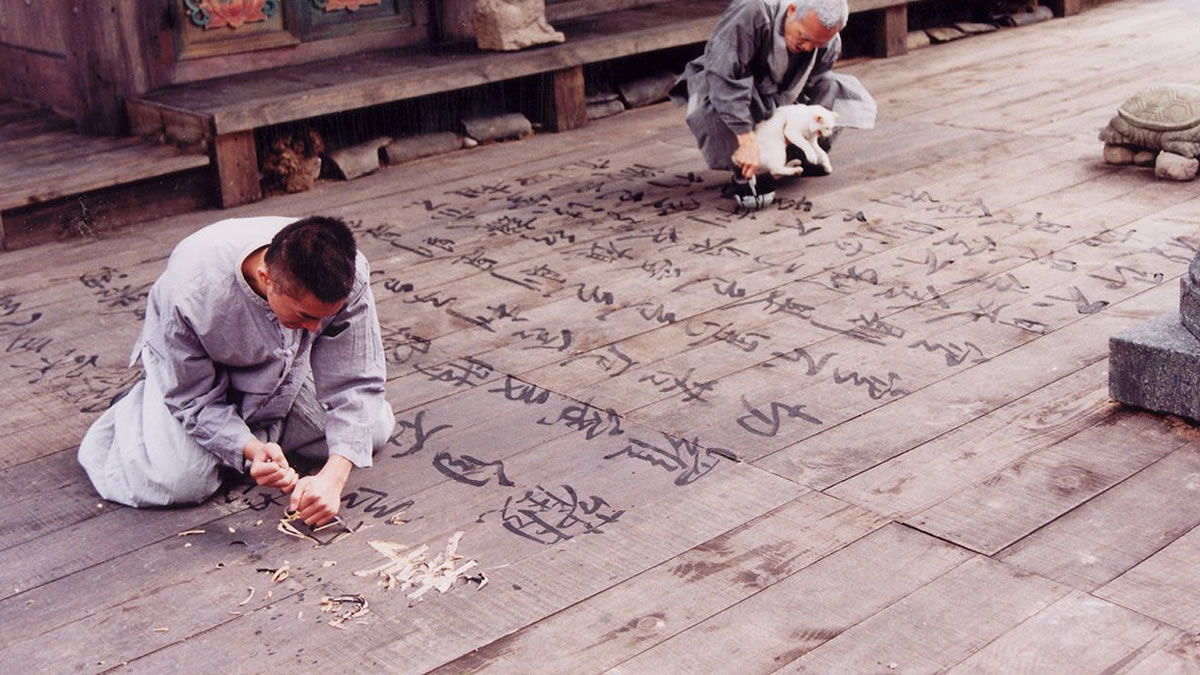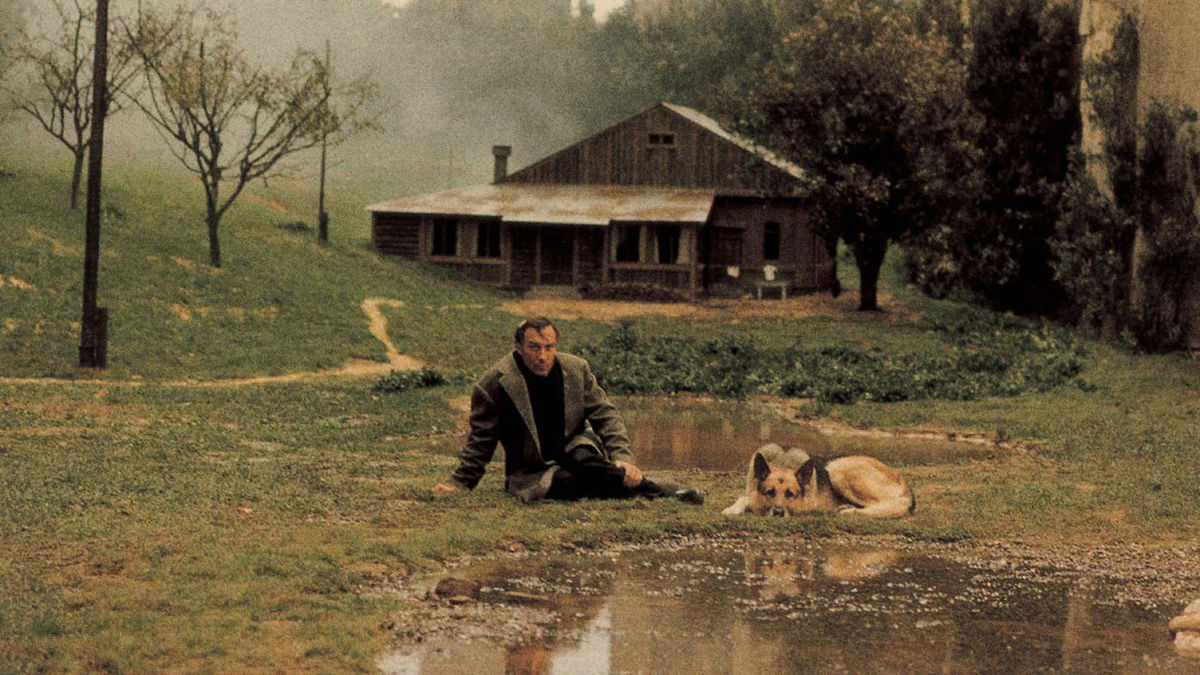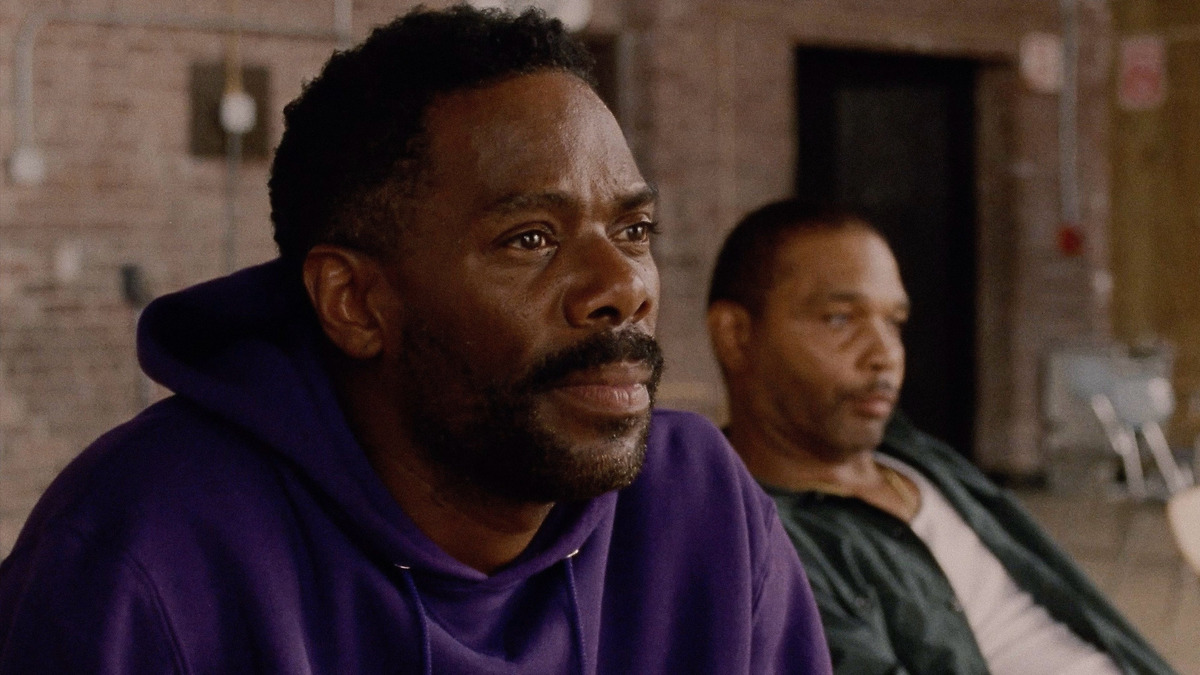- Craft and Spirit
- Posts
- The Art of Concentration
The Art of Concentration
The Art of Visiting Your Work
Last Films Watched
Suggested
CRAFT AND SPIRIT
The Art of Concentration

Phantom Thread - Paul Thomas Anderson
At the root of what we do as artists—as actors—is our ability to concentrate. To hold our attention on a single moment, a single gesture, a single breath. Every moment played is the one you are meant to be in. Whether that’s a character or a broader compositional choice, whatever you give your full attention to has the power to awaken inspiration.
That’s where strength lives.
The work we do requires a level of concentration that’s essential—not just for the character you’re playing or the story you’re telling, but for the people who are there to witness it.
I am imagining the work you want to do equals hours spent on screen or on stage. How could you expect someone to sit in front of your work for hours if you haven’t spent that time and more with your craft?
To me, concentration is a form of visitation. A threshold. Maybe it’s a doorway. Maybe it’s crossing the street to meet your art. It’s an action to approach. But you don’t just show up and perform. You sit with it. You listen. You leave for a bit only to return again. You’re building a relationship.
These ephemeral beings—story, character, image, impulse—they want to be visited. They want to be seen. But they require something in return: trust.
Let me ask you this—when have you ever trusted someone enough to share something important with them after only one conversation? You probably didn’t stop a stranger on the street and tell them your darkest truth. Trust takes time. It’s built in the small, quiet moments. In conversation. In curiosity. In care.
Approaching your work is the same. It takes time. It takes attention. And often, it takes confronting something you’re unsure of—or even uncomfortable with.
Michael Chekhov writes:
“There are two kinds [of concentration]. First, when one picks up a beautiful object and notices it naturally—this is effortless attention. Second, when one picks up something unattractive and then forces oneself to notice it—this is willed concentration. And this is what we are interested in.”
It’s this second kind—conscious, intentional concentration—that defines our artistic practice.
And let’s be honest: in the world we’re living in now, that kind of attention is hard to come by.
The texts. The inbox. The infinite scroll. The dopamine drip of likes, loops, and viral trends. I know what doomscrolling feels like. It’s all the same spiral.
We descend, sometimes mindlessly, down the slippery, mildewed staircase of distraction. And there’s this promise for when you reach the bottom: that the next post, the next video, the next comment will finally bring us connection. Or meaning. Or clarity.
But the bottom never comes.
The hole gets deeper. The spiral gets tighter. We descend faster—thinking to hit the floor quicker is to feel more like landing.
And there’s this door. Always, there’s a door. At every level, at every step. A door you forget is the exit. A door that you can always open, is always unlocked. Yet, the chance of the promise is too great.
There’s a quote that pairs very well with this that deserves to be told at length:
I read about that in introduction to Psychology; that, and the chapter on caged rats who'd give themselves electric shocks for something to do And the one on the pigeons, trained to peck a button that made a grain of corn appear. Three groups of them: the first got one grain per peck, the second one grain every other peck, the third was random. When the man in charge cut off the grain, the first group gave up quite soon, the second group a little later. The third group never gave up. They'd peck themselves to death, rather than quit. Who knew what worked?
I have this conversation with myself constantly—when I notice my attention being pulled, scattered, numbed. And I’m guessing you’ve had that conversation too.
This is why concentration is an important concept in my exploration of the Michael Chekhov technique. It’s not just a tool Chekhov gave us—it’s a challenge to the modern mind. A calling back of the will.
It’s a practice of choosing something and returning to it more deeply than you did before.
Concentration isn’t easy. But it’s where the work begins to breathe. It’s where performance becomes personal, alive, and specific. And most of all, it’s where trust begins to form—between you and the work, between you and the character, between you and the moment.
Winning our attention back is an act of resistance.
Luckily, we do have tools now—ways to create boundaries with our devices, ways to carve space for focus.
- Focus Keeper (Pomodoro Timer): Great for 25/5-minute concentration blocks
- Forest App: Grows a digital tree every time you focus—great for visual motivation
- Freedom: Blocks distracting apps and websites for a set period
- Notion or Obsidian: A single, distraction-free digital space for journaling and ideation
- Physical notebook: Unplug completely. Just pen, page, and presence.
Each time you choose to sit with an idea instead of scroll past it, you’re stepping through that doorway. You’re returning to the work.
So here’s a small invitation:
Pick one idea you’ve been circling lately—a character, a moment, an image, something unresolved.
Visit it today. Sit with it. Write about it. Move with it.
Don’t rush.
Then return again tomorrow.
See what happens when you build trust with your imagination.
The art of concentration is slow. It’s intentional. It’s deeply human.
And in a world built for speed and distraction, it might be one of the most radical creative acts we have.
Much love today and every day,
Matt Piper 🐅🌱♊️




Reply